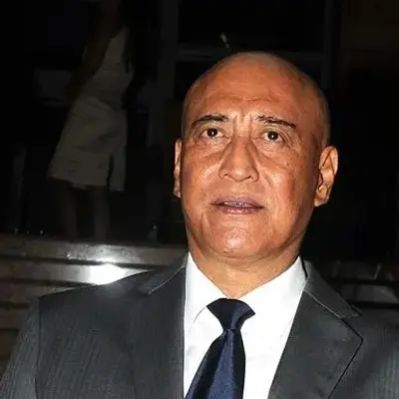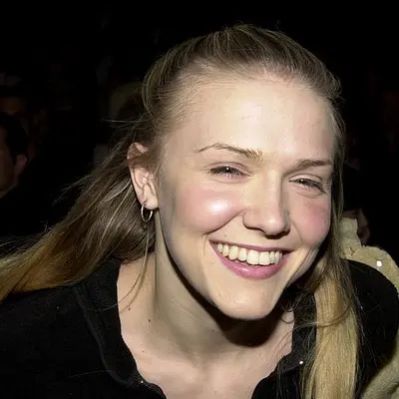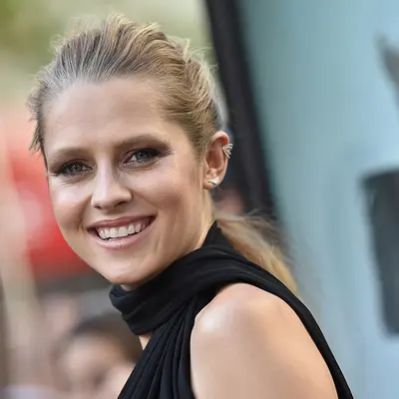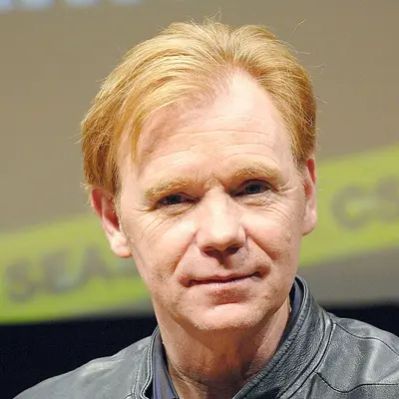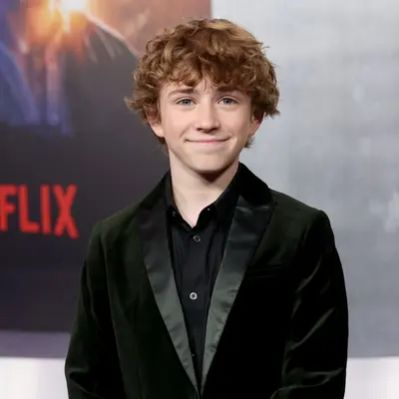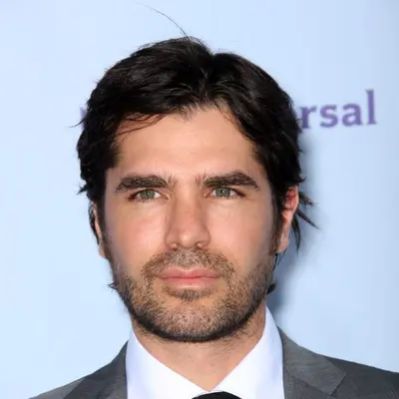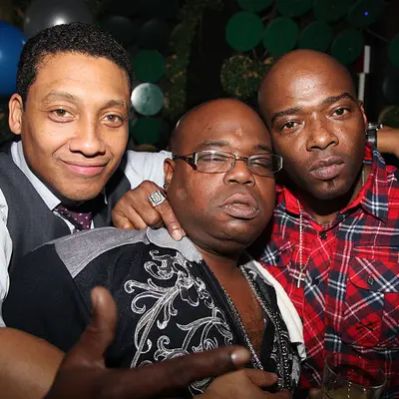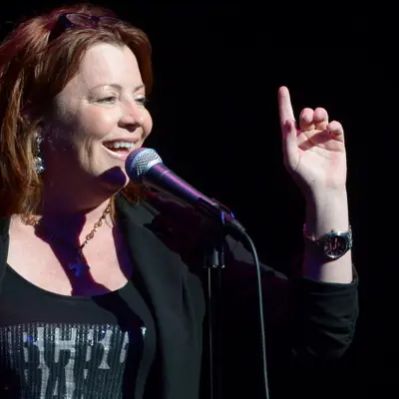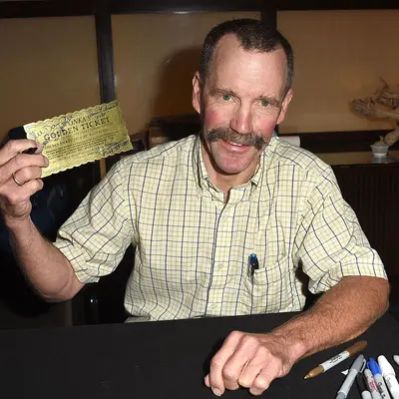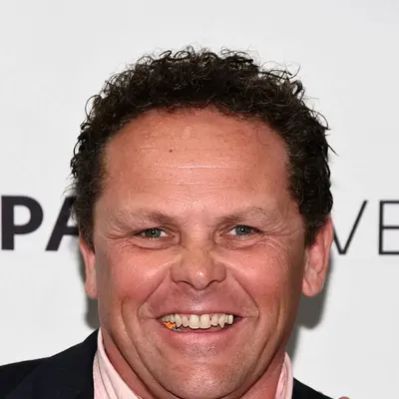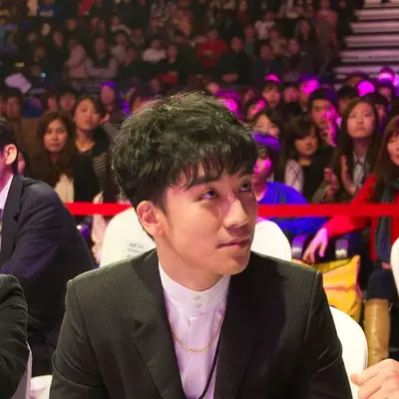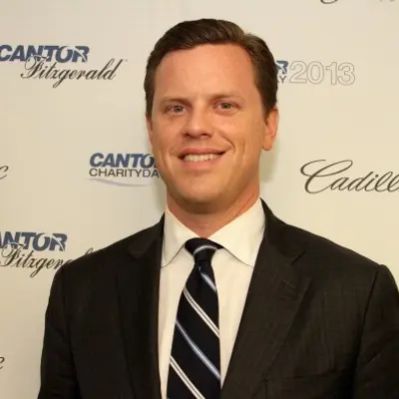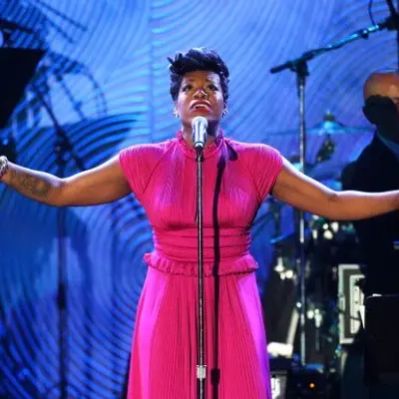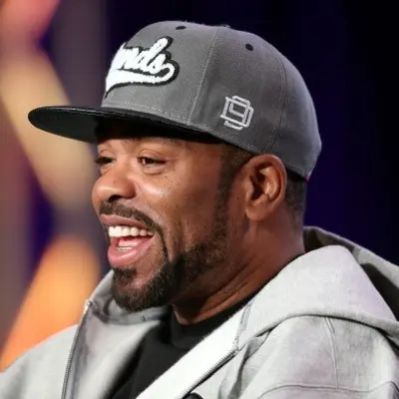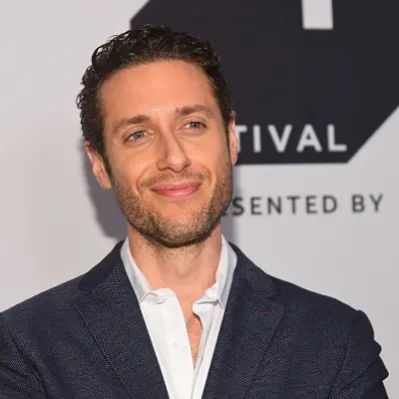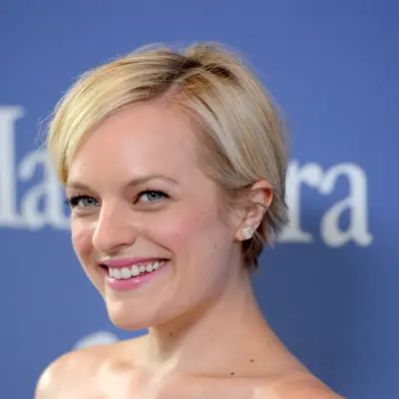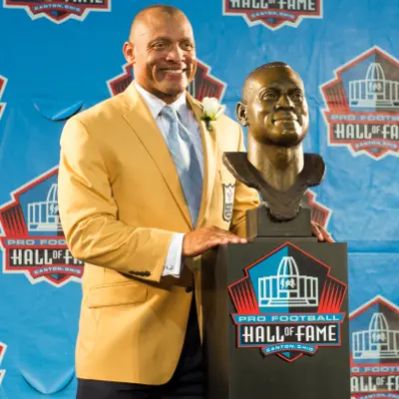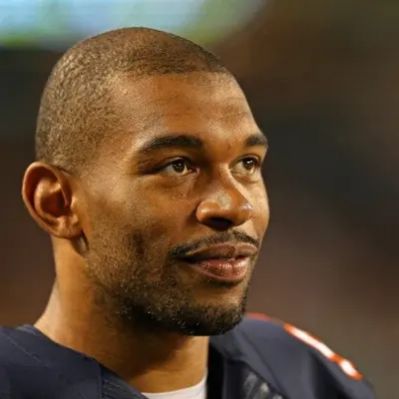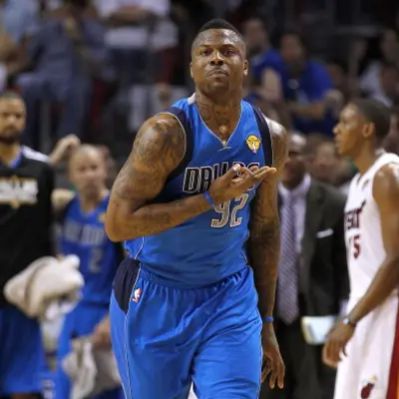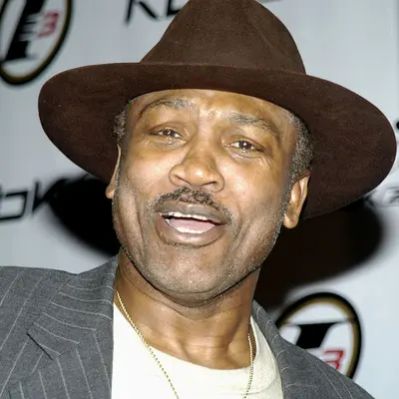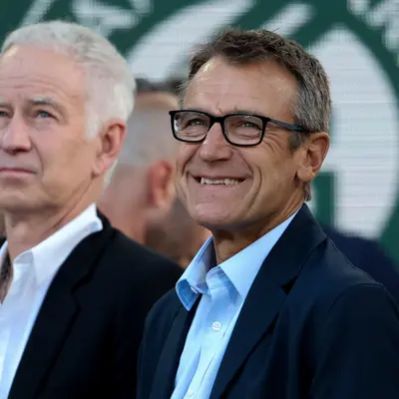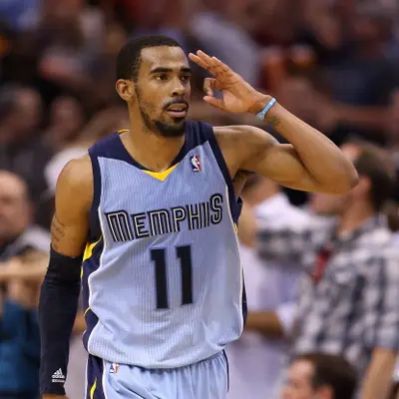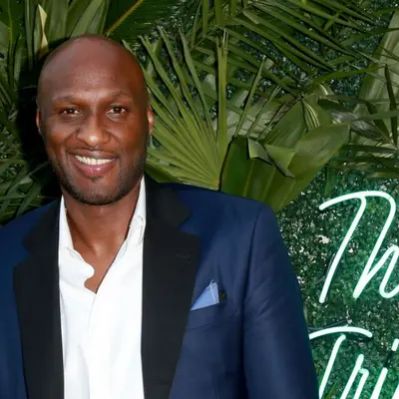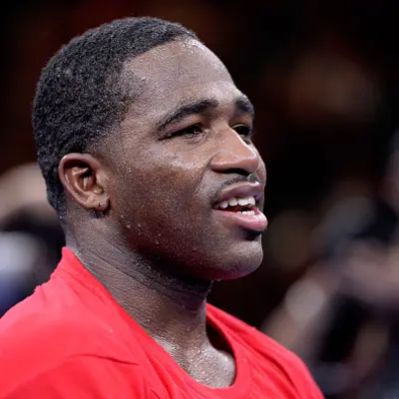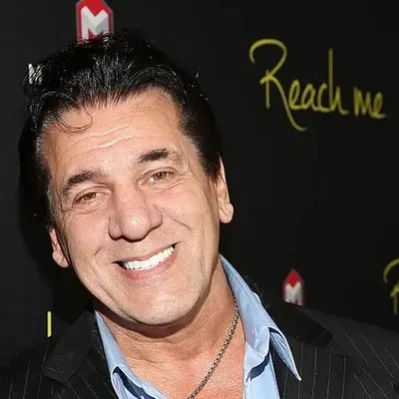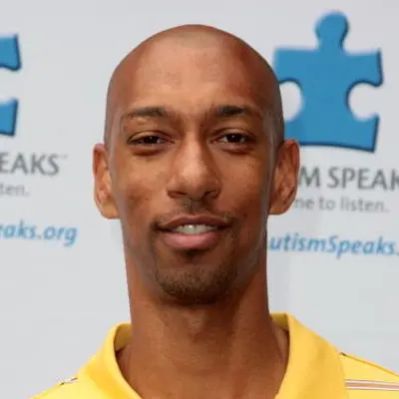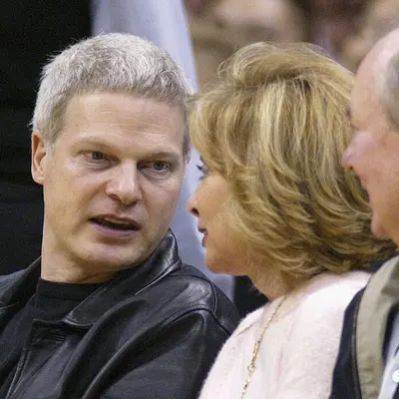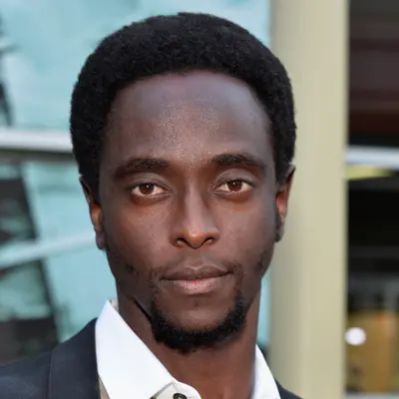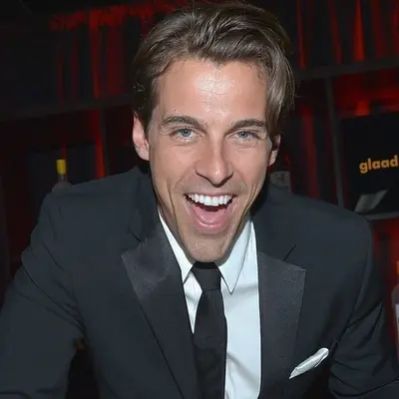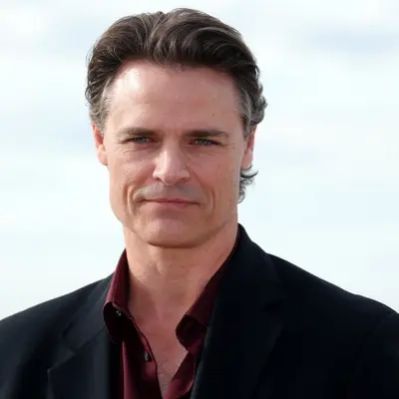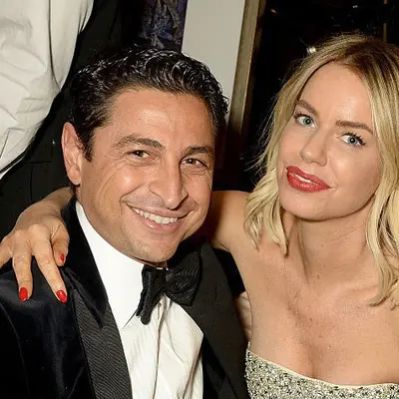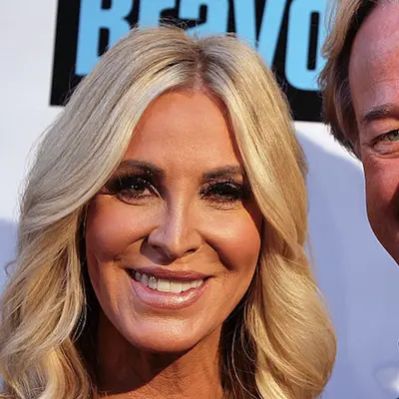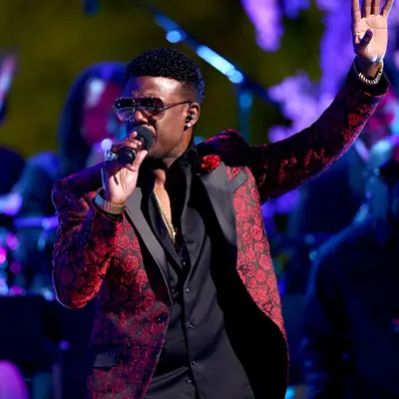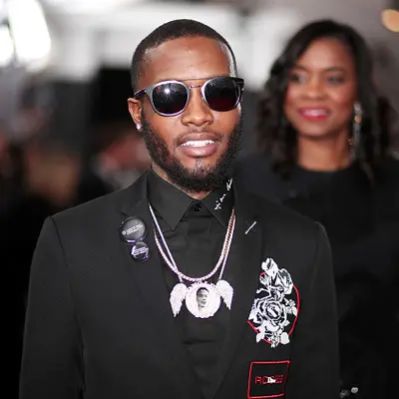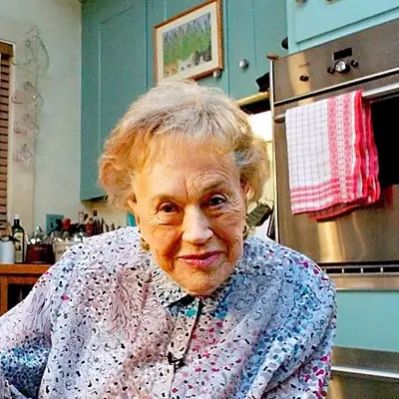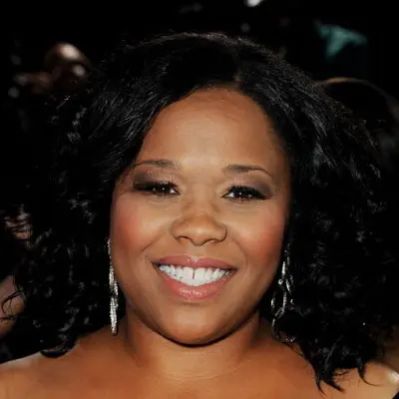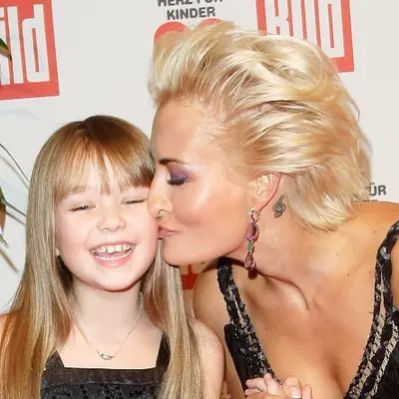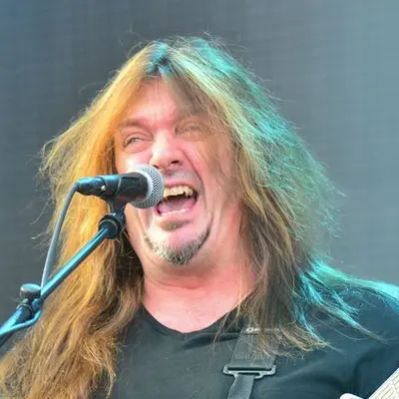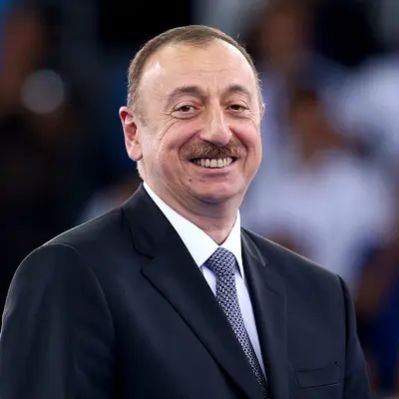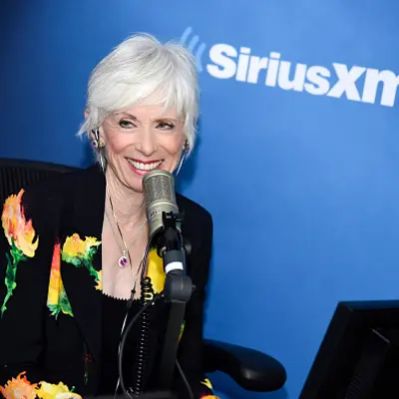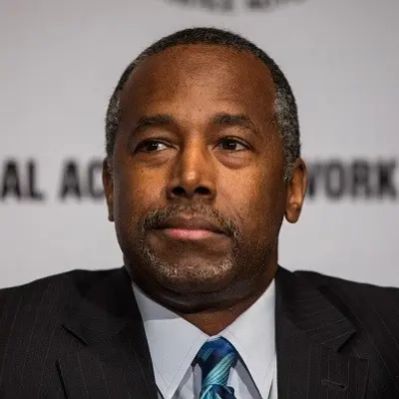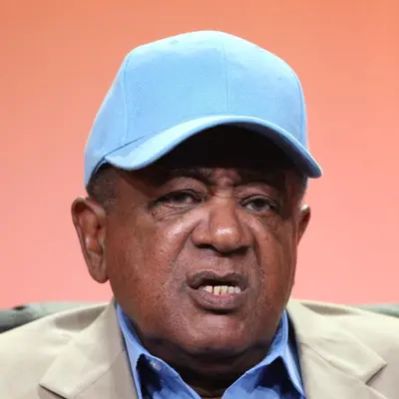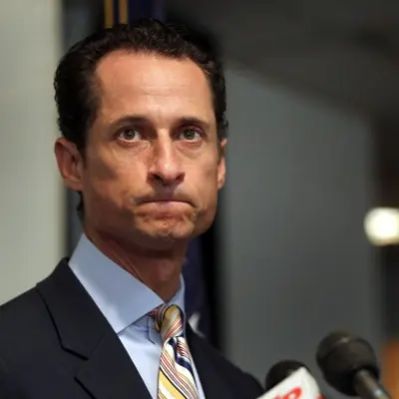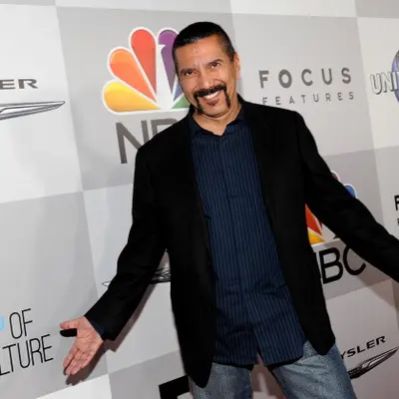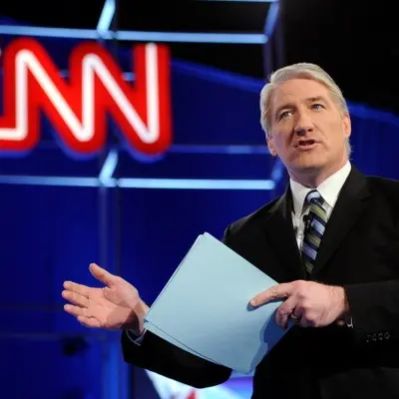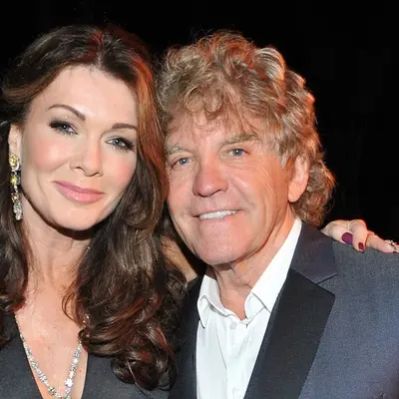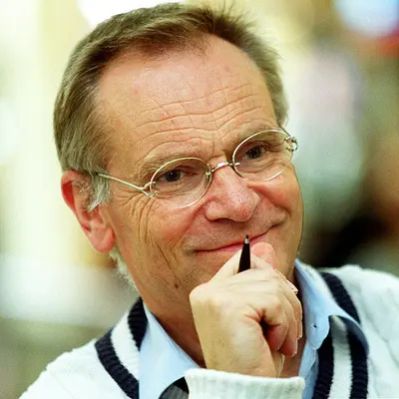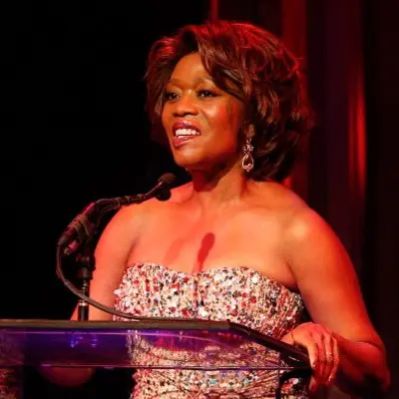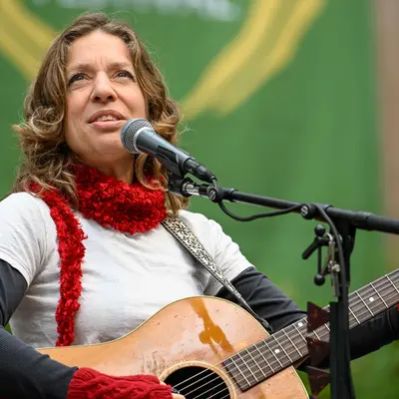What Is Danny Denzongpa’s Net Worth?
Danny Denzongpa, a prominent figure in Indian cinema, boasts a net worth of $10 million. This valuation reflects his extensive career spanning over five decades, during which he has starred in more than 190 films across Hindi, Bengali, Nepali, and Tamil languages, as well as international productions.
Danny Denzongpa’s Career Highlights
Danny Denzongpa’s career began in 1971 with his debut in B.R. Ishara’s “Zaroorat,” released the following year. He gained early recognition for his roles in “Gulzar’s Mere Apne” (1971) and B.R. Chopra’s “Dhundh” (1973), where he played an antagonist. In the 1970s, he established himself as a supporting hero in films like “Chor Machaye Shor,” “36 Ghante,” “Fakira,” “Kalicharan,” “Kaala Sona,” and “Devata.” “Devata” particularly boosted his career.
In the early 1980s, frustrated with poorly written villainous roles, Danny considered quitting films. However, the success of his directorial debut, “Phir Wohi Raat,” changed his mind. He then received offers to play the hero in films like “Hum Se Badkar Kaun,” but after those films didn’t succeed, he took up supporting roles, often playing older characters. He returned to playing villains in 1984, featuring opposite leading actors like Rajesh Khanna and Sunny Deol. His villainous portrayals include Kapil Kumar in “Bandish” (1980) and Ashok in “Phir Wahi Raat” (1980). He also played SP Kader in “Dharm Aur Qanoon” (1984) and Chatur Singh in “Krantiveer” (1994), Bakhtawar in “Hum” (1991), and Abhrush in “Pukar” (2000).
After playing negative roles, director Rajkumar Santoshi gave Denzongpa a positive role in “China Gate.” This led him to take on more positive roles in films such as “Lahu Ke Do Rang,” “Bulundi,” “Boxer,” and “16 December.” He also appeared in the international film “Seven Years in Tibet” with Brad Pitt.
In 2003, Danny took a break from acting until 2009. He returned in 2010 with “Enthiran,” marking his entry into Tamil cinema. He played Bohra, a twisted scientist, alongside Rajinikanth and Aishwarya Rai. The success of “Enthiran” reignited his career, particularly in villainous roles. He faced off against Salman Khan in “Jai Ho” (2014) and Hrithik Roshan in “Bang Bang” (2014). One of his recent appearances was in “Baby” (2015), where he played Feroz Khan, and he reprised the role in “Naam Shabana.” His diverse roles and consistent presence in the film industry have significantly contributed to Danny Denzongpa’s net worth.
Awards and Recognition
Between 1979 and 1997, Danny Denzongpa received multiple Filmfare Awards nominations. He won the Best Supporting Actor award twice, first in 1992 for “Sanam Bewafa” and again in 1993 for “Khuda Gawah.” He was also nominated for the Best Performance in a Negative Role award for his performances in “Hum,” “Krantiveer,” “Vijaypath,” “Barsaat,” and “Ghatak: Lethal.” In 2003, the Government of India awarded him the Padma Shri – India’s fourth highest civilian honor.
Early Life and Education
Tshering Phintso Denzongpa, known as Danny Denzongpa, was born on February 25, 1948, in Yuksom, Sikkim, into a Nepali-speaking Bhutia family. His hobbies included horse riding, painting, writing, and sculpting. He began his education at Birla Vidya Mandir, Nainital, and later attended St Joseph’s College, Darjeeling, graduating in 1964. After college, Denzongpa planned to enlist in the Indian Army but joined the Film and Television Institute of India (FTII) instead. On recommendation from his classmate, he changed his name to “Danny.”
Danny Denzongpa might look like the tough guy onscreen, but he’s a sweetheart with an amazing singing voice in real life. He has performed with Indian music legends such as Kishore Kumar, Lata Mangeshkar, Mohammed Rafi, and Asha Bhosle. His musical breakthrough came in 1972 when S.D. Burman recognized his singing abilities and conducted the daring experiment of making him sing his first duet with Lata Mangeshkar in “Yeh Gulistan Hamara” (1972). His popularity as a singer continued rising through to the ’90s, especially in Nepal and parts of India like Darjeeling, Sikkim, and Assam. He has also released Nepalese songs and sung for Nepalese movies. Two of his most famous songs, recorded in the 1970s but still popular today, are “Chiso Chiso Hawama” (“In the Cool Air”) and “Manko Kura Lai Bandhi Narakha” (“Do Not Keep the Words of the Heart Tied”).
 Net Worth Ranker
Net Worth Ranker
